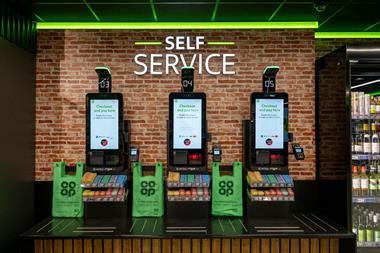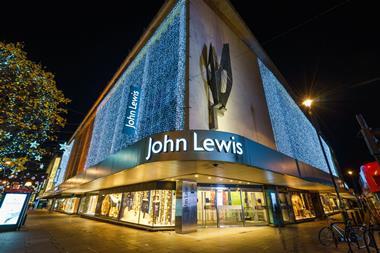Customer data is the holy grail of modern retail. The insight into buying habits and preferences it brings is second to none, and retail success can prove hard to come by without the knowledge it provides.
Traditionally, any retailer interested in data would need a loyalty card. But loyalty cards are expensive, and they work best for those with a high volume of transactions – furniture retailers might not learn much from customers who only buy one bed every 10 years.
Plus, of course, customers quickly tire of forcing yet another plastic card into their wallets. So where can you find data if a loyalty card isn’t for you?
There are plenty of options – websites, email, search engine analytics, mobile technology, and social media all hold potential for retailers.
“A loyalty card isn’t imperative,” says Carpetright group IT and ecommerce director Ian Woosey. “You can still get a good view of the customer.”
Online shopping data is the first port of call for many, giving easy access to everything from a customer’s address to an indication of their taste in jumpers. Customer relationship management (CRM) systems are the route to understanding this data, and retailers without them are starting to see the benefits.
Fashion retailer Whistles is one company considering it, with IT and logistics director David Mold saying the software will be helpful for gleaning insight into international customers. Australian, US and Canadian shoppers have shown interest in Whistles’ products and Mold says online data and CRM will help steer in the best direction and take advantage of this interest.
“We don’t have a fully-fledged CRM offering and we see it as fundamental in doing some of the multichannel things we’d like to do. Everyone has theories about what will work in what territories, and this consolidates your views.”
Mobile accessories online retailer Mobile Fun uses emailed newsletters to generate helpful data. It tags links in the newsletters and records the type of links recipients click on most often, and uses a business intelligence reporting system to identify where to increase promotional activity.
Mobile Fun head of marketing Mike Riley says: “Every quarter we conduct usability research using online screen recording software to understand how customers use our website, allowing us to identify and improve it using anonymous feedback.”
Mobile technology has made data collection even easier. Fredrik Holmén, managing director of online marketing group Keybroker, which works with Ikea, says smartphones will provide great insight into consumer buying behaviour and trends. Once a customer has downloaded a smartphone application, it becomes possible to see their purchase history and so to measure the return on investment. Once a customer buys on a mobile, a retailer could have access to everything from purchase history and location to demographics and age – handy for targeted deals.
Social networking sites can be used to track what people are blogging about, trends and audience feedback. Facebook can measure the number of ‘likes’ something gets, and polls and competitions on fan pages can also be used to generate insight into what people like.
Deloitte customer analytics partner Giles Warner says information from Facebook ‘check-ins’ − where users log their location using GPS technology and tell people where they are using the network − can be integrated into CRM systems along with payment data and other ecommerce information.
“It can deliver highly responsive data-driven insight marketing messages,” says Warner.
Shoe retailer Barratts is expanding its use of data. It has doubled revenue from targeted cross-channel marketing after increasing the complexity of its customer segmentation. Head of ecommerce Mike Wallwork, who worked with data mining company Responsys, says it has improved the retailer’s marketing.
“We have integrated the data analytics system and newsletter to give a more complete picture of customers and prospects to execute more engaging campaigns,” he says.
There are evidently plenty of options for retailers – there’s more customer data around now than ever before. With the right tools, good customer insight is within reach even for those without pricey loyalty schemes.
Insight without a loyalty card
- Develop customer segmentation strategies according to preferences and devise marketing strategies for each group to keep campaigns relevant
- Experiment with data collection on mobile phones
- Understand why disengaged groups start interacting differently and discover what you need to get them back into the fold
- Monitor customers’ web-browsing habits and target them with follow-up emails reflecting their previous behaviour
- Ensure promotions are similar across various channels for message consistency and to improve effectiveness
- Test different retail strategies to see which channels customers respond to, and adapt accordingly
Source: Responsys


























No comments yet